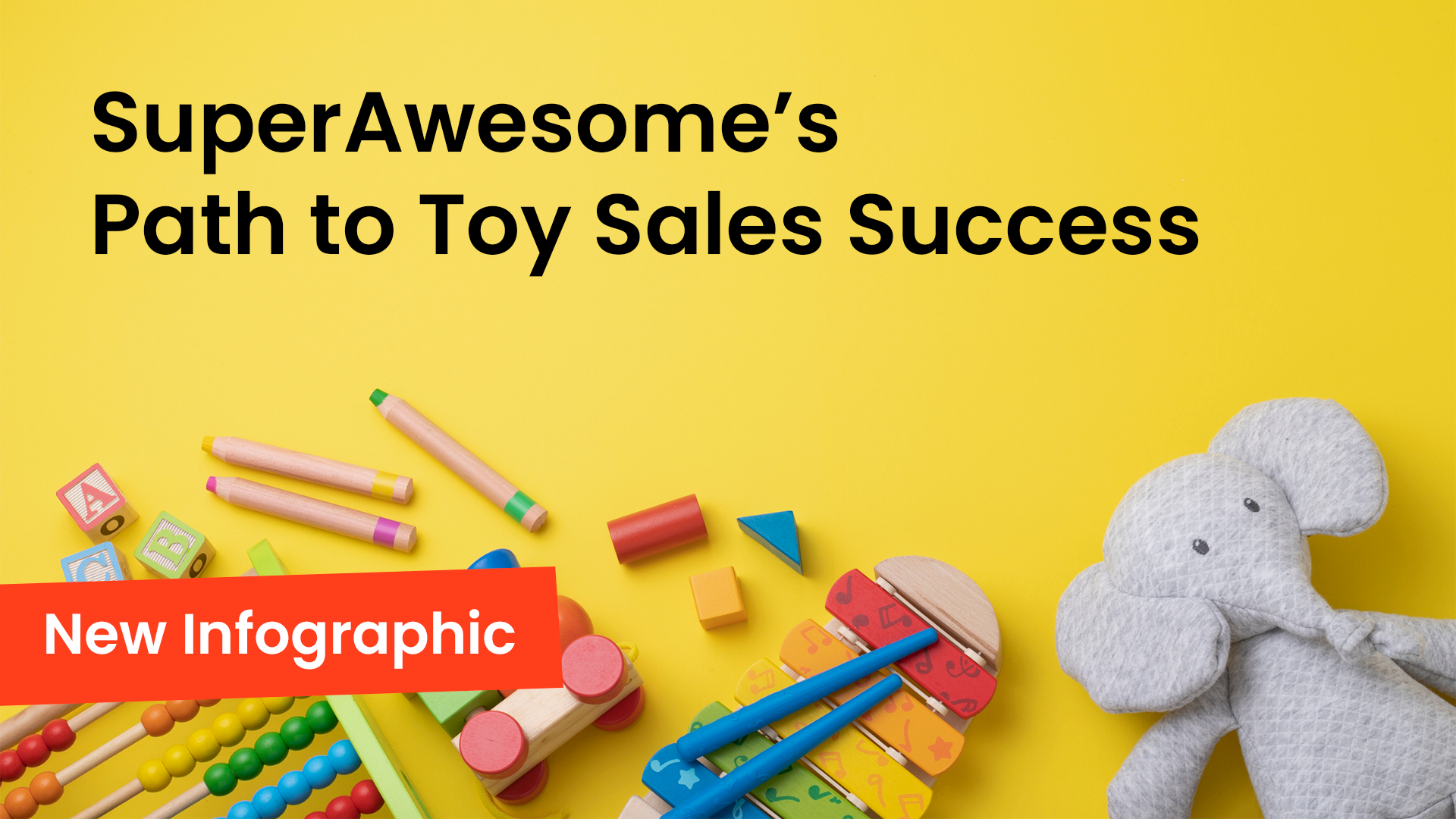The retail world moves fast, and staying plugged into audiences and industry trends is vital for any successful brand. This is especially true during times of rapidly changing technology and economic uncertainty, when it seems that every shift presents a new challenge to effective marketing.
Retail brands looking to reach youth through their 2023 campaigns need to make sure they’re not overlooking an influential, distinct group – Gen Z teens, ages 16-19 years old, who are exploring newfound independence in their life, work, education, and purchase decisions.
This post explores the why, how, and what’s next for engaging this group in 2023, and also shares some key findings from our upcoming retail report. Unless otherwise noted, specific data has been sourced from this report.
Gen Z Teens Are Crucial for Retailers
Teenagers have always been an influential audience with unique buying power, and today’s Gen Z teens are no different. They are in a unique stage of life, one that sees them maintaining their roots at home while branching out into the world. This means that teens have dual influence on retail purchases, spending their own money with brands they trust while also influencing parental spending on major tech purchases, gifts, and resources for living on their own.
SuperAwesome’s retail report, to be released in early 2023, will explore how Gen Z teens are influencing retail and why brands looking to appeal to a wider demographic need to reach them. Here’s a preview of some of that research:
- Gen Z teens have both independence and influence over purchases—93% have sole or joint decision-making power with their parents.
- Gen Z teens allocate 83% of their total spending amount on in-store, online, or in-game purchases.
In Why Reaching Older Teens Is So Important for Brands, we also noted that Gen Z teens—the most active under-19 age group both on social media and in person with work, school, and socializing—rely on friends, peers, influencers, and direct communication from brands to guide their decisions. Product recommendations are rapidly shared among their digital networks and real-world communities, which can quickly expand a brand’s reach.
What Gen Z Teens Care About
So we know the importance of reaching Gen Z teens, but how should we talk to them? What do they care about that retail brands should know going into 2023?
Autonomy and Brand Values
Of any youth age group, autonomy is most important to Gen Z teens. They’re using their growing independence to make personal choices and demonstrate smart consumerism. This is important for brands to consider and incorporate into their messaging, as brand values matter to this group—they’re hyper aware of social issues and 73% will support causes they believe in.
Brand Names
In addition to retail brand values, brand names matter more to Gen Z teens than younger age groups. The 16-19 year-old audience is more likely to have established brand preferences that they’re proud to share, particularly across apparel and footwear. Retailers can lean into this and explore how they can build brand recognition and provide value to this group with unique products and innovative real-world and digital activations.
Seamless Multi-Channel Experiences
Successful marketing requires a multi-channel, hybrid approach, which is especially true for youth audiences. Young people are interacting with brands in new and diverse ways, and Gen Z teens are no exception—87% make in-store purchases with both Big Box retailers and specialty stores, 80% buy items online, and 40% spend money in-game, reflecting that they spend in multiple places. Brands must be ready to respond, creating a dynamic and flexible strategy that meets Gen Z teens where they are.
What To Expect in 2023
As the economy, technology, and digital regulations continue to change, effective campaigns will need marketing strategies that keep up. There are several shifts that retail brands looking to reach Gen Z teens should have on their radar in 2023.
- An omnichannel approach is becoming nonnegotiable.
Gen Z teens are shopping across multiple channels. Although they still prefer buying real-life items over digital ones, the media mix for reaching them will become increasingly important. Brands will need to develop hybrid approaches that not only include in-store and online campaigns, but incorporate in-game activations as well.
- Cause-related marketing is the future.
Gen Z teens care about what brands stand for, and in 2023, retail brands will need to make that clear. If your brand has historically supported a cause, ensure that the socially conscious Gen Z audience understands your values in order to more effectively reach them.
- In-person shopping at superstores will continue to be a big draw.
The majority of kids and teens (64%) prefer to do their big box retailer shopping in-person, and 60% have favorite superstores. Among the wide variety of products that big box retailers offer, our research shows that the most important retail verticals for Gen Z teens regardless of gender identity are clothes, home goods, books, and video games, adding electronics for those that identify as young men.
- Brands can benefit by working to generate both happiness and value.
Most young people have positive feelings towards shopping, with happiness and excitement being the top ones. Specifically, 51% of purchases are made on happiness-inducing items, which we expect to grow even more important in 2023. Gen Z teens make emotion-driven and functional purchases, so brands need to be able to speak to both of these needs.
Check back for SuperAwesome’s upcoming retail report, which will be full of helpful insights across all age groups for retail brands going into 2023. Get in touch to explore how SuperAwesome’s tools and expertise can help your brand safely engage with youth audiences.






